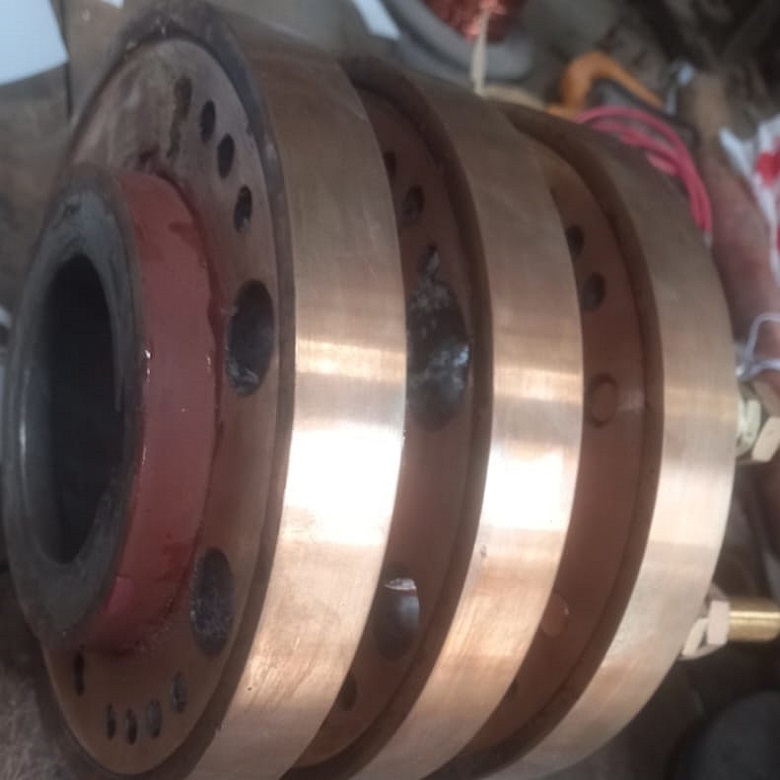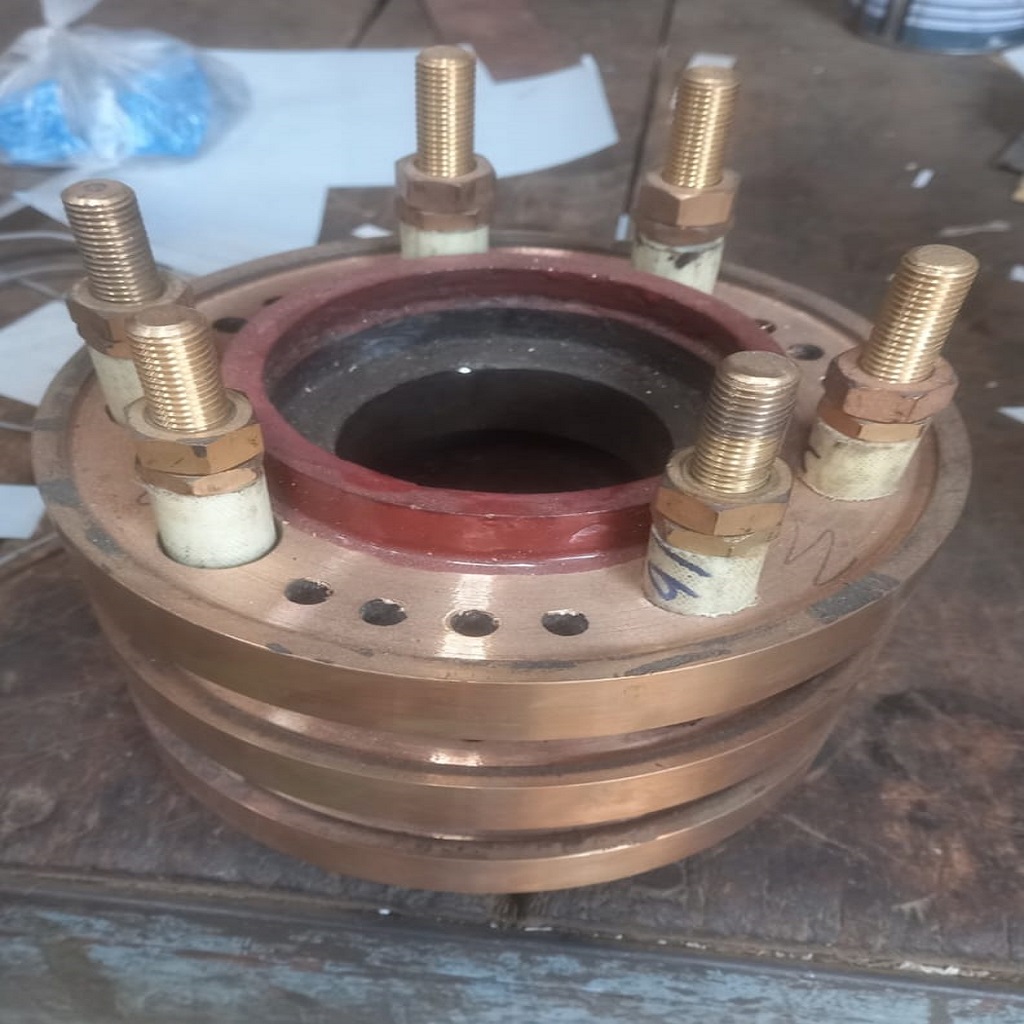Slipring
If you’ve ever wondered how a device or machine can rotate continuously without the wires getting twisted up, the answer is sliprings. Sliprings are critical components in any device that requires electrical power to be transmitted as it rotates.
A slipring is a device that allows for the transfer of electrical power and signals from a stationary device to a rotating one. It is made up of two main components: the rotor and the stator. The rotor is the rotating part, while the stator is the stationary part. The rotor is typically attached to the rotating device, while the stator is attached to the stationary machine. The slipring allows for the transfer of electrical power and signals between the two parts.
Sliprings are commonly used in a variety of applications, including wind turbines, robotics, medical equipment, and industrial machinery. They are also used in amusement park rides, telescopes, and even in military equipment.
The main advantage of sliprings is that they allow for continuous power and signal transmission between rotating and stationary parts. This is important in any application where a device or machine needs to rotate continuously. Sliprings also provide a more reliable and efficient way to transmit power compared to other methods, such as batteries or wires.
There are two main types of sliprings: through bore and pancake. Through bore sliprings have a hole in the center of the rotor and stator, which allows for the passing of fluid or wires. Pancake sliprings are flat and have a larger diameter than through bore sliprings.
Sliprings can also be customized to fit specific applications. For example, sliprings used in medical equipment may require special coatings to prevent contamination, while sliprings used in mining equipment may require special coatings to prevent corrosion.
When selecting a slipring, it is important to consider several factors, including the number of circuits required, the speed of rotation, and the environment in which it will be used. Sliprings can be designed to handle a wide range of voltages and currents, so it is important to select a slipring that is appropriate for the application.
In conclusion, sliprings are essential components in any device or machine that requires continuous power and signal transmission between rotating and stationary parts. They are reliable, efficient, and can be customized to fit specific applications. When selecting a slipring, it is important to consider the specific requirements of the application to ensure the slipring is appropriate for the job.

